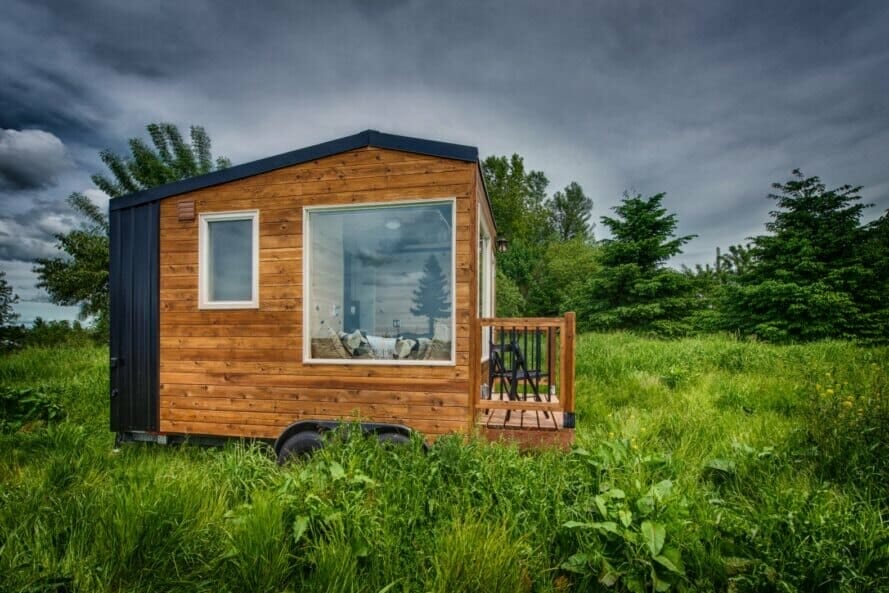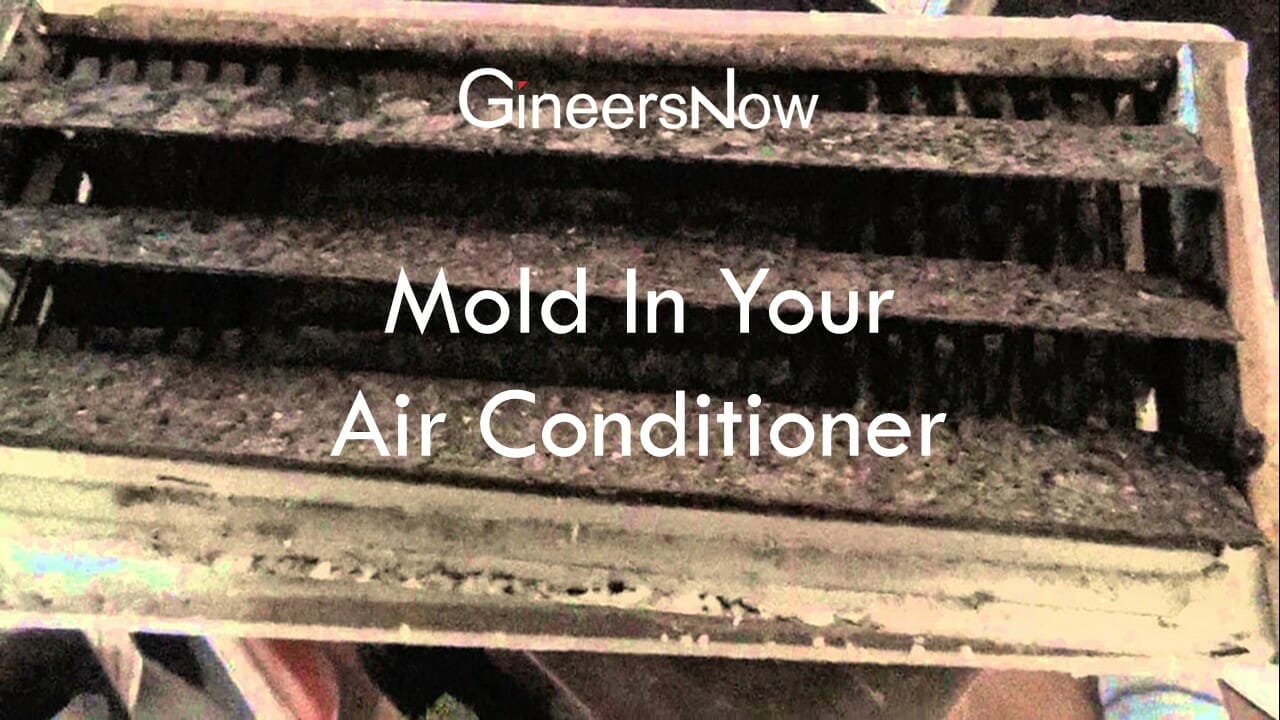Hot summer days can be a fair bit of a challenge but what is worse is the humidity that surrounds the house. But have you ever wondered why the local weather news forecasts the temperature of a specific day and the air humidity level simultaneously? Well, that is because the higher the temperature outdoors, the more humidity you will likely experience indoors. But you will often notice that no matter how far we try to explain this, you will always feel confused.
In this article, we will explain how humidity affects the temperature inside a house so that you can take the necessary precautions to reduce it and live a happy life without any inconvenience. But before we move ahead with this article, you must check it out to learn some information about the humidity levels in a house in Canada. It is bound to be helpful to you.
What Is Humidity?
The estimate of the amount of water available in the air is called humidity. Generally, people discuss relative humidity, which is moisture as a percentage of the amount of water vapor the air can contain. This is concerning its existing temperature. This indicates that the warmth of the atmosphere affects the increase in moisture that it can include. That is why you will frequently observe that summers tend to get genuinely muggy. That is why air conditions tend to make the air drier during these days. Generally, there are two types of humidity- relative and absolute humidity. Let us discuss them below.

How Does Humidity Impact The Temperature?
The two types of humidity, relative humidity and absolute humidity, impact the temperature differently. So, look at them for more information.
1. Relative Humidity
The ratio of the amount of moisture available in the air and the maximum amount it can contain is known as relative humidity. This indicates that the relative humidity will drop low with the weather being cold. So, the relative humidity will follow with the fall in the air temperature. So, what happens when the weather forecast suggests that the relative humidity of the day is at 100%? This means that the likelihood of the vicinity to experience rain is high. However, people must ask how fluctuations occur in this type of humidity. The reasons are the natural transpiration of water vapor by animals, people, and plants. Showers, baths, and regular domestic activities are responsible for the same.
2. Absolute Humidity
The amount of moisture present in each cubic meter of air in the room is called absolute humidity. It is the estimation of water vapor in the air irrespective of its temperature.
How Does Humidity Affect You?
Home humidity impacts the structural elements of your home, indoor air quality, and overall health. On the contrary, the temperature responsible for these effects affects the amount of moisture that persists as humidity in the air. However, one must remember that humidity may also affect temperature considerably. That is why you will notice that humid air can contain heat more powerfully than dry air. This indicates that significant humidity is crucial to make your home comfortable during winter. It also helps decrease the requirement for furnaces to replenish indoor heat constantly.
When the humidity is balanced, it may help protect the indoor air quality. But when the air is extremely dry, there is no way to make the dust blow up into the air. That is when you are likely to experience more dust. Skin flakes occur easily; fixtures get dried up into powder and cause lung irritation. But what happens when the humidity is too high? This is when moisture can occur even in the most intricate places and cause mold in the house. This may affect your health drastically. Bacterial colonies may start growing as well. So, it is significant for the humidity to be balanced.
The growth of bacterial colonies is detrimental to your environment and surroundings and your overall well-being. You will notice that it causes significant allergies and damages essential parts of your home that may later require repairs. So, even when you cannot experience any visible mold growth, high humidity can quickly volunteer to hide the mold growth and rot.
How Can One Control Home Humidity?
By now, you may have understood that too high or too low humidity can harm your environment and overall well-being. That is why keeping the moisture in balance whenever possible is best. But how does one do that? Can you genuinely control home humidity? Yes, that is possible.
During the warmer days, it is critical to have home humidity at 35 to 45 percent. It is best to have the home humidity under 30 percent during cold weather days. But you need to keep track of your home humidity and scout for the range that suits you best. You can also use portable dehumidifiers and humidifiers. However, this should only be applied as a spot treatment for a few areas of concern at home. So, if you have a bathroom with poor ventilation problems, you could use them there.
Whole-house humidifiers and dehumidifiers are the best when buying the most effective tools to control home humidity. These tools can effectively help treat the air from all intricate living areas in your house. It will also help to remember that the humidity persists within its optimal range. So you can ensure safety and comfort at every step.
The Bottom Line
The practical tools we have listed above can easily control your home’s humidity. So, make sure you make the most of them and keep your home healthy. They will also prove efficient in helping your family live a comfortable and relaxing life without any malice. So, why keep waiting? Ensure that your home humidity is under control.










